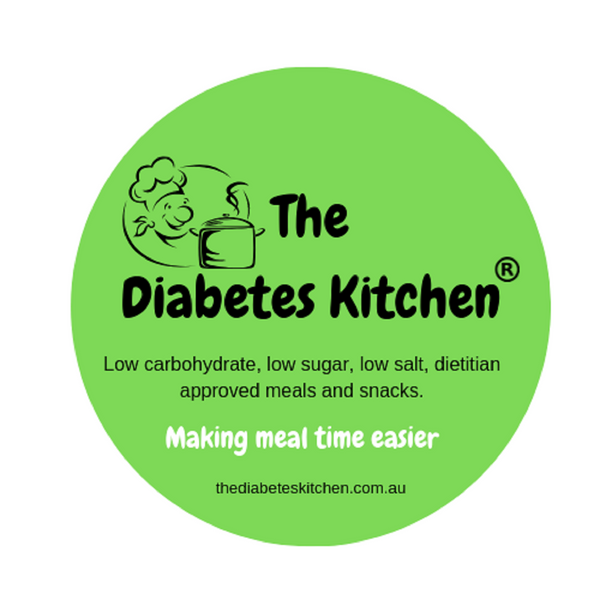Type 2 diabetes is a prevalent chronic condition that affects millions of people worldwide. Understanding this condition is crucial for prevention, management, and overall health. In this comprehensive guide, we'll delve into the intricacies of Type 2 diabetes, covering everything from its definition and causes to symptoms, risk factors, diagnosis, treatment options, and lifestyle changes for better management.
Table of Contents:
-
What is Type 2 Diabetes?
- Defining Type 2 Diabetes
- How It Differs from Type 1 Diabetes
-
Causes of Type 2 Diabetes
- Genetics and Family History
- Lifestyle Factors
- Obesity and Insulin Resistance
-
Symptoms of Type 2 Diabetes
- Early Warning Signs
- Complications from Uncontrolled Diabetes
-
Risk Factors
- Age and Gender
- Ethnicity
- Sedentary Lifestyle
- Poor Diet
-
Diagnosis and Screening
- Blood Glucose Tests
- A1C Test
- Fasting Blood Sugar Test
-
Complications of Type 2 Diabetes
- Cardiovascular Issues
- Kidney Problems
- Nerve Damage
- Eye Complications
- Foot Issues
-
Treatment Options
- Lifestyle Changes
- Medications
- Insulin Therapy
-
Dietary Guidelines for Type 2 Diabetes
- The Role of Carbohydrates
- Fiber-Rich Foods
- The Importance of Portion Control
-
Exercise and Physical Activity
- Benefits of Regular Exercise
- Creating an Exercise Routine
-
Monitoring Blood Sugar Levels
- Self-Monitoring
- Continuous Glucose Monitoring
-
Prevention Strategies
- Lifestyle Modifications
- Weight Management
- Regular Check-ups
-
Living with Type 2 Diabetes
- Coping with the Diagnosis
- Support Systems and Resources
Chapter 1: What is Type 2 Diabetes?
Defining Type 2 Diabetes: Type 2 diabetes is a chronic metabolic disorder characterized by high blood sugar levels (hyperglycemia). Unlike Type 1 diabetes, where the body does not produce insulin, individuals with Type 2 diabetes produce insulin, but their bodies do not use it effectively. This is called insulin resistance.
How It Differs from Type 1 Diabetes: Type 1 diabetes is an autoimmune condition in which the immune system attacks and destroys insulin-producing beta cells in the pancreas. People with Type 1 diabetes require lifelong insulin therapy. Type 2 diabetes typically develops in adulthood, and while insulin resistance is a key factor, the pancreas still produces some insulin.
Causes of Type 2 Diabetes
Genetics and Family History: A family history of Type 2 diabetes can increase your risk, suggesting a genetic predisposition. However, lifestyle factors also play a significant role.
Lifestyle Factors: Unhealthy lifestyle choices, including poor diet, lack of physical activity, and obesity, are major contributors to Type 2 diabetes. These factors can lead to insulin resistance over time.
Obesity and Insulin Resistance: Excess body fat, particularly around the abdomen, is strongly associated with insulin resistance. Fat cells release chemicals that interfere with insulin's action.
Symptoms of Type 2 Diabetes
Early Warning Signs: Common early symptoms include increased thirst, frequent urination, fatigue, blurred vision, and slow wound healing. Some individuals may not experience symptoms initially.
Complications from Uncontrolled Diabetes: When left untreated or poorly managed, Type 2 diabetes can lead to serious complications, such as heart disease, kidney damage, neuropathy, retinopathy, and foot ulcers.
Risk Factors
Age and Gender: The risk of Type 2 diabetes increases with age, particularly after 45. Men and women have a similar risk, although it may manifest differently.
Ethnicity: Certain ethnic groups, including African Americans, Hispanic Americans, Native Americans, and Asian Americans, are at higher risk.
Sedentary Lifestyle: Lack of physical activity and prolonged sitting are risk factors. Regular exercise helps improve insulin sensitivity.
Poor Diet: Diets high in sugar, unhealthy fats, and processed foods contribute to the development of Type 2 diabetes.
Diagnosis and Screening
Blood Glucose Tests: Blood tests, including fasting blood sugar tests and oral glucose tolerance tests, are used for diagnosis. Elevated levels may indicate diabetes.
A1C Test: This blood test provides an average of blood sugar levels over several months, offering a more comprehensive picture of glycemic control.
Fasting Blood Sugar Test: A fasting blood sugar level of 126 milligrams per deciliter (mg/dL) or higher is indicative of diabetes.
Complications of Type 2 Diabetes
*Cardiovascular Issues

